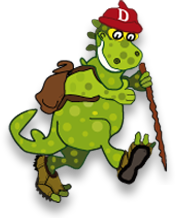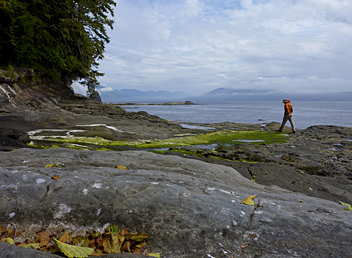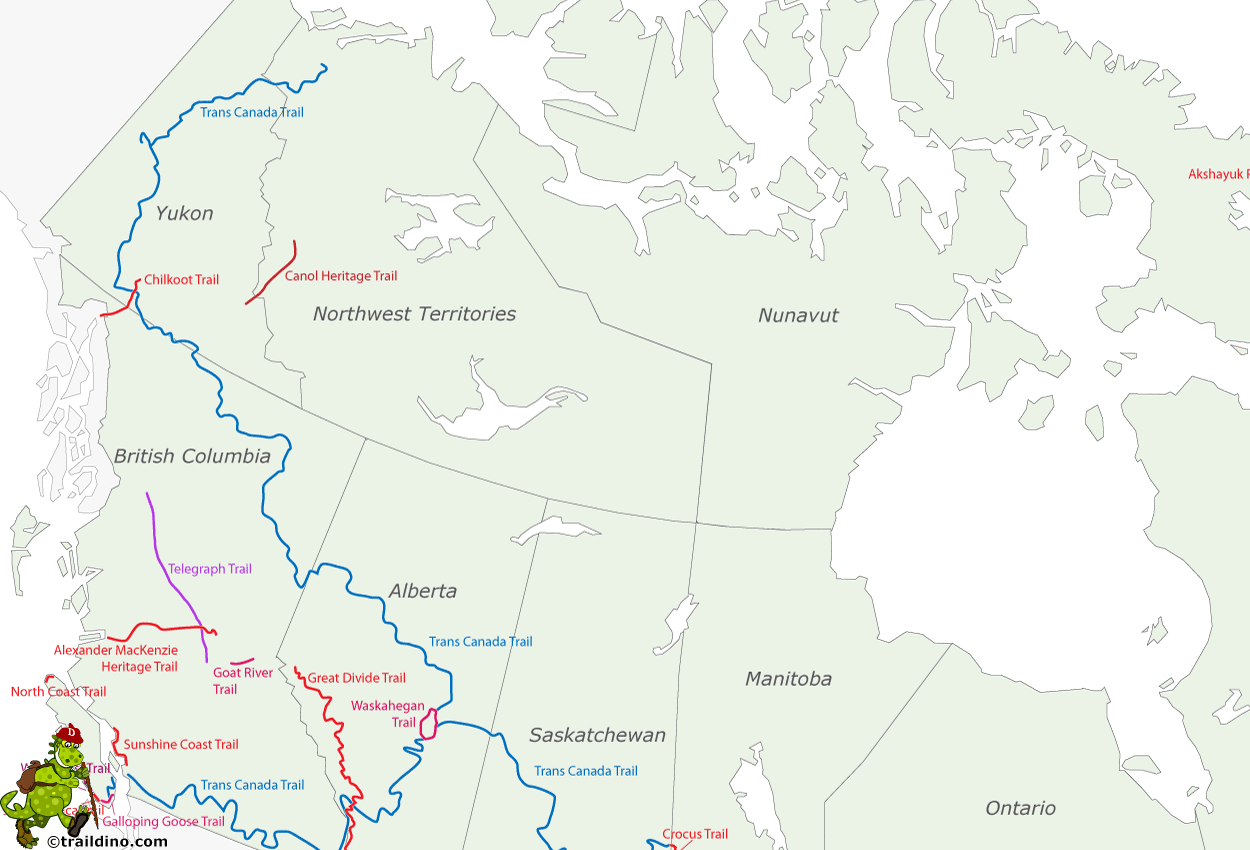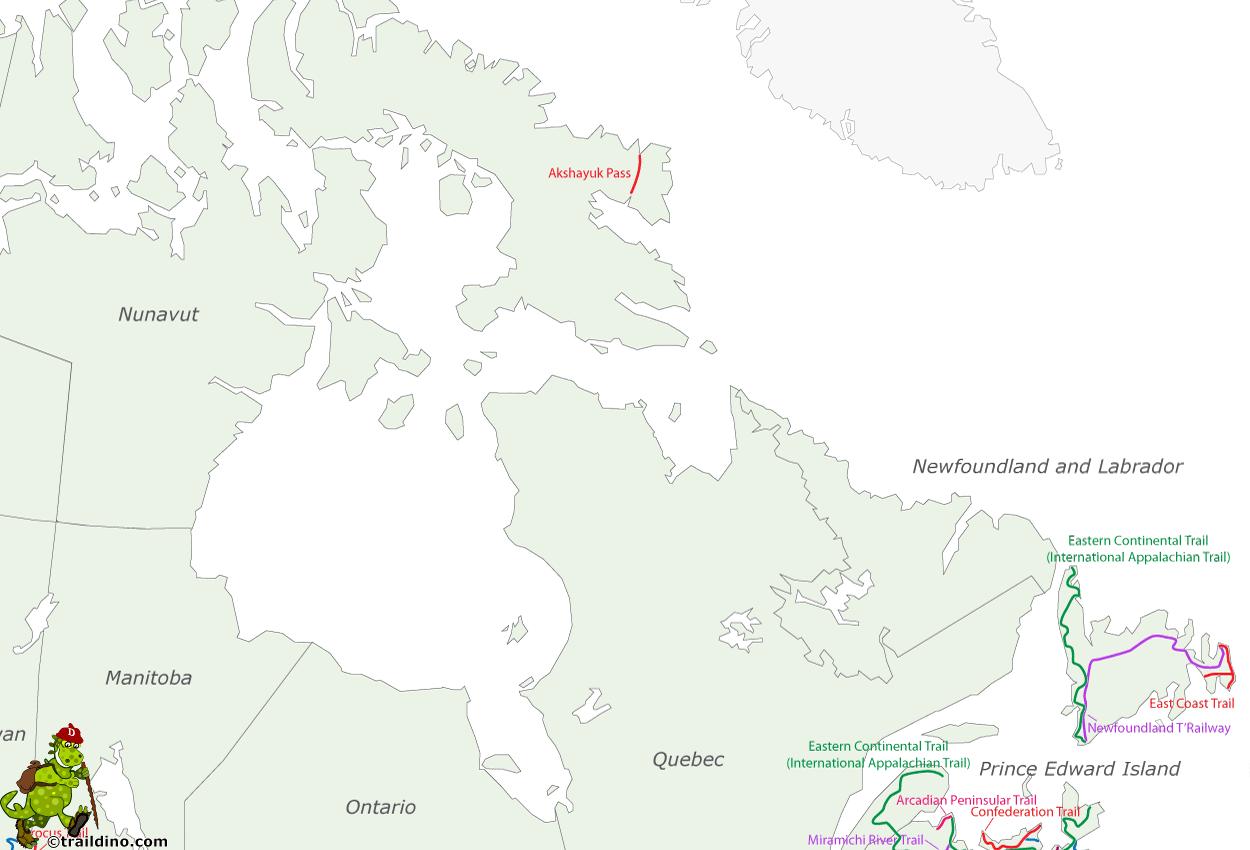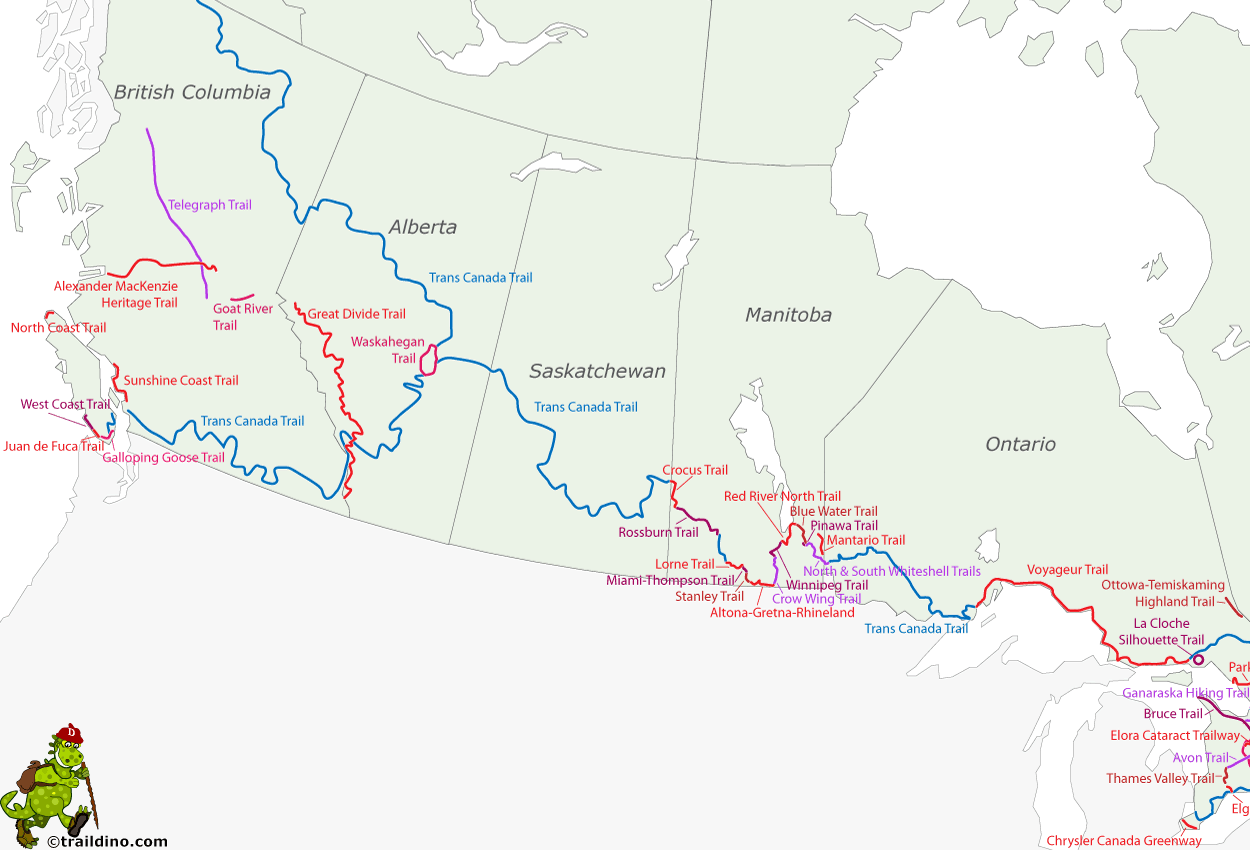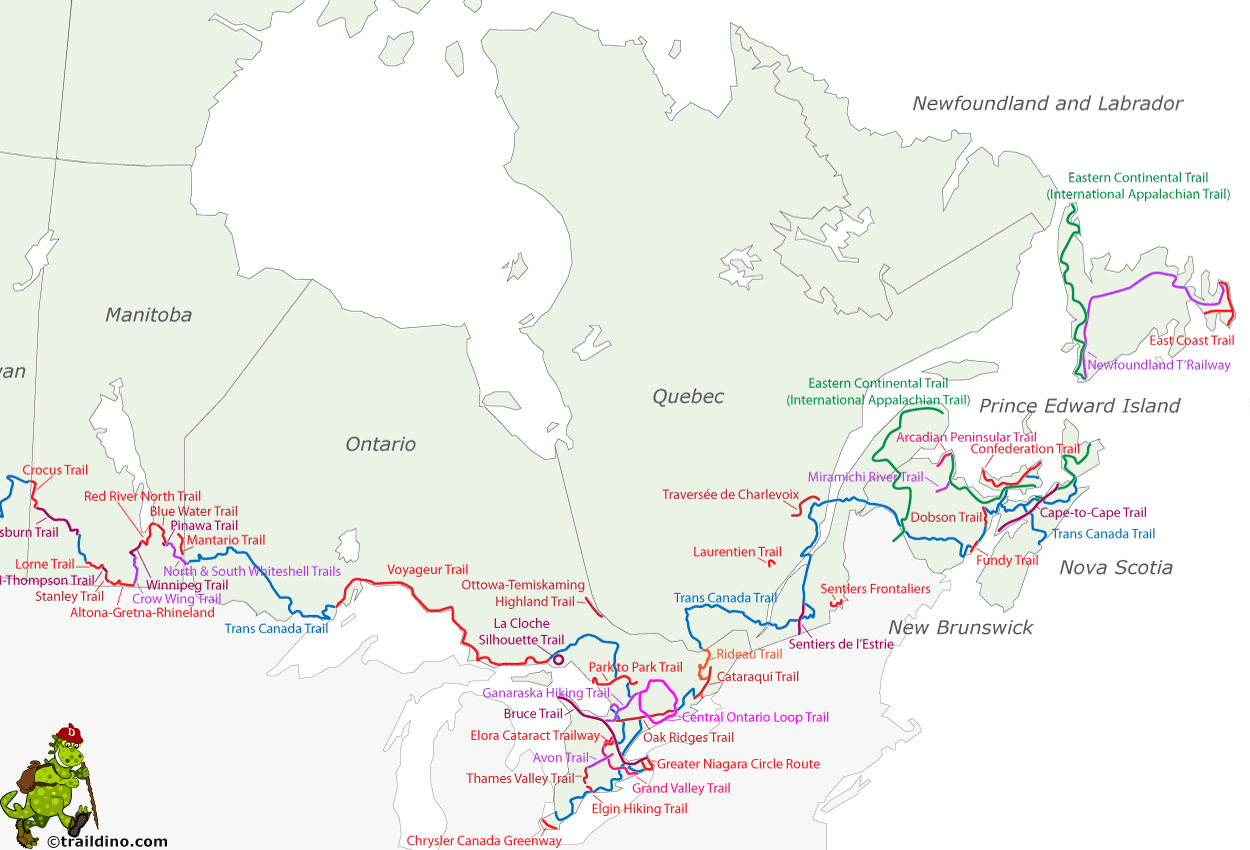Canada
Description
Canada: the world's fourth largest country, after Russia, China, United States. When the water area is included, Canada is the second largest. A vast land area between 41 and 84 degrees. The southernmost tip is on the same latitude as Rome. The northernmost tip is near the North Pole. The USA are only slightly larger, but count 10 times as many inhabitants.
From east to west, the country displays a great geographical diversity. The Appalachian Mountains run through to Newfoundland on Canada's east coast. Going west, we encounter the Great Lakes and St. Lawrence Lowlands. Further west lie the vast Canadian Interior Plains, hot summers, cold winters. Further west still, we hit the mountains of the Continental Divide, including the Canadian Rockies. The western coastline finally is green and sparsely populated. Most of Canada's land mass is virtually uninhabited: the Arctic part of Canada.
The hiking trails in Canada are as varied as the landscape. You have a wide choice of trails:
- Multi-use Trailways (eg Newfoundland T'railway). Many old railways have been turned into use as recreation trail, which is a very good thing of course. On these paths, cycling is probably more popular than walking, depending on the quality of the surface. Trailways typically are open to hiking, horse riding, cycling, cross country skiing and sometimes snowmobiling in winter;
- Wilderness hikes (for example the West Coast Trail, Canol Heritage Trail). These are rough trails, far from civilization, meant for experienced hikers who are prepared to dragging everything with them for an extended period;
- Long trails (eg the National Hiking Trail of Canada, Trans Canada Trail). These are semi-permanent projects to create a trail bigger than big. The Trans Canada Trail is a multiuse trail from the east coast to the west coast. Efforts to create a second trail, which is intended solely for walkers, presumably are not very succesful yet: the National Hiking Trail of Canada;
- Recreation Trails (For example the Niagara River Recreation Trail, visiting the Niagara Falls). These are easier paths, often multi-use, through nature, forest, fields and farmlands. Often they also have some historical significance. Along the way, options for sleeping often include hotels and B&B's beside campgrounds;
- The national and provincial parks offer a choice of shorter and longer walks. These trails are not allways known by a name. An advantage of this type of hiking are the often good camping facilities amidst beautiful scenery. The downside are the large crowds.
As mentioned before, trails are frequently multi-use. On the one hand there is a Canadian lobby to allow the widest possible public access to these public funded trails, including snowmobiling. On the other hand there is a counter lobby to exclusively designate these trails to the serious nature lover who is walking or skiing at most. To make things worse, we have to count on many ATV enthusiasts, who, with their noisy quads destroy the trails and squander nature. In short: war.
To conclude our brief introduction, let's spend some words to the famous Canadian bug. This is not one particular species of small animals, it is rather a collective noun for any annoying insect that you might encounter in nature, often in large numbers, such as black flies, mosquitoes, midges and deer flies. These hateful little creature often bite. They can be a plague, especially during the summer months, depending on weather conditions, humidity, and habitat. In spring they are not so numerous which makes for a more relaxed time on trail. But then there are obviously other pests, such as mud and snow.
From the small bite to the big bite: Canada has healthy populations of black bears, grizzly bears, polar bears and secretive but potentially dangerous cougars (puma's). Nature is wild and beautiful, especialy in Canada.
Carte
Sentiers
- Acadian Peninsula Trail
- Akshayuk Pass
- Alexander MacKenzie Heritage TrailGPX
- Altona-Gretna-Rhineland
- Assiniboine Traverse
- Avon TrailGPX
- Blue Water TrailGPX
- Bruce TrailGPX
- Canol Heritage Trail
- Cape-to-Cape Trail
- Cataraqui Trail
- Central Ontario Loop Trail
- Chilkoot TrailGPX
- Chrysler Canada Greenway
- Cohos TrailGPX
- Confederation TrailGPX
- Crocus Trail
- Crow Wing Trail
- Dobson Trail
- East Coast TrailGPX
- Eastern Continental TrailGPX
- Elgin Hiking Trail
- Elora Cataract TrailwayGPX
- Fundy FootpathGPX
- Galloping Goose Regional TrailGPX
- Ganaraska Hiking TrailGPX
- Goat River Trail
- Grand Valley TrailGPX
- Great Divide TrailGPX
- Greater Niagara Circle Route
- International Appalachian TrailGPX
- Juan de Fuca TrailGPX
- La Cloche Silhouette TrailGPX
- Laurentien Trail
- Lorne Trail
- Mantario TrailGPX
- Miami-Thompson Trail
- Miramichi River Trail
- National Hiking Trail of Canada
- Newfoundland T'Railway
- Niagara River Recreation Trail
- North Coast Trail
- North Whiteshell TrailGPX
- Oak Ridges TrailGPX
- Ottowa-Temiskaming Highland Trail
- Park to Park TrailGPX
- Red River North Trail
- Rideau TrailGPX
- Rossburn Trail
- Sentier de l'EstrieGPX
- Sentiers Frontaliers
- Stanley Trail
- Sunshine Coast TrailGPX
- Telegraph TrailGPX
- Thames Valley TrailGPX
- Trans Canada TrailGPX
- Traversée de CharlevoixGPX
- Voyageur Trail
- Waskahegan Trail
- Waterfront TrailGPX
- Welland Canals Trail
- West Coast TrailGPX
Régions
- Acadian Peninsula
- Akamina-Kishinena Provincial Park
- Algonquin Provincial Park
- Asessippi Provincial Park
- Avalon Peninsula
- Ayuittuq National Park
- Baffin Island
- Banff National Park
- Bowron Lake Provincial Park
- Canadian Rockies
- Chilkoot Trail National Historic Site
- Elk Island National Park
- Elk Lakes Provincial Park
- Fundy National Park
- Grand Beach Provincial Park
- Height of the Rockies Provincial Park
- Juan de Fuca Provincial Park
- Kakwa Provincial Park
- Killarney Provincial Park
- Killbear Provincial Park
- Kluskoil Lake Provincial Park
- Kootenay National Park
- La Mauricie National Park
- Lake Superior Provincial Park
- Laurentian Mountains
- Mount Assiniboine Provincial Park
- Mount Robson Provincial Park
- Pacific Rim National Park Reserve
- Parc national du Mont-Mégantic
- Parc national du Mont-Orford
- Peter Lougheed Provincial Park
- Pukaskwa National Park
- Riding Mountain National Park
- South Tweedsmuir Provincial Park
- Vancouver Island
- Waterton Lakes National Park
- Whiteshell Provincial Park
- Yoho and Jasper National Park
Etats
Liens
Données
Rapports
Guides et cartes
Hébergement
Organisations
Voyagistes
GPS
Autre
Livres

United Kingdom
- Walking St. Augustine
- An Illustrated Guide and Pocket History to America's Oldest City Lire la suite
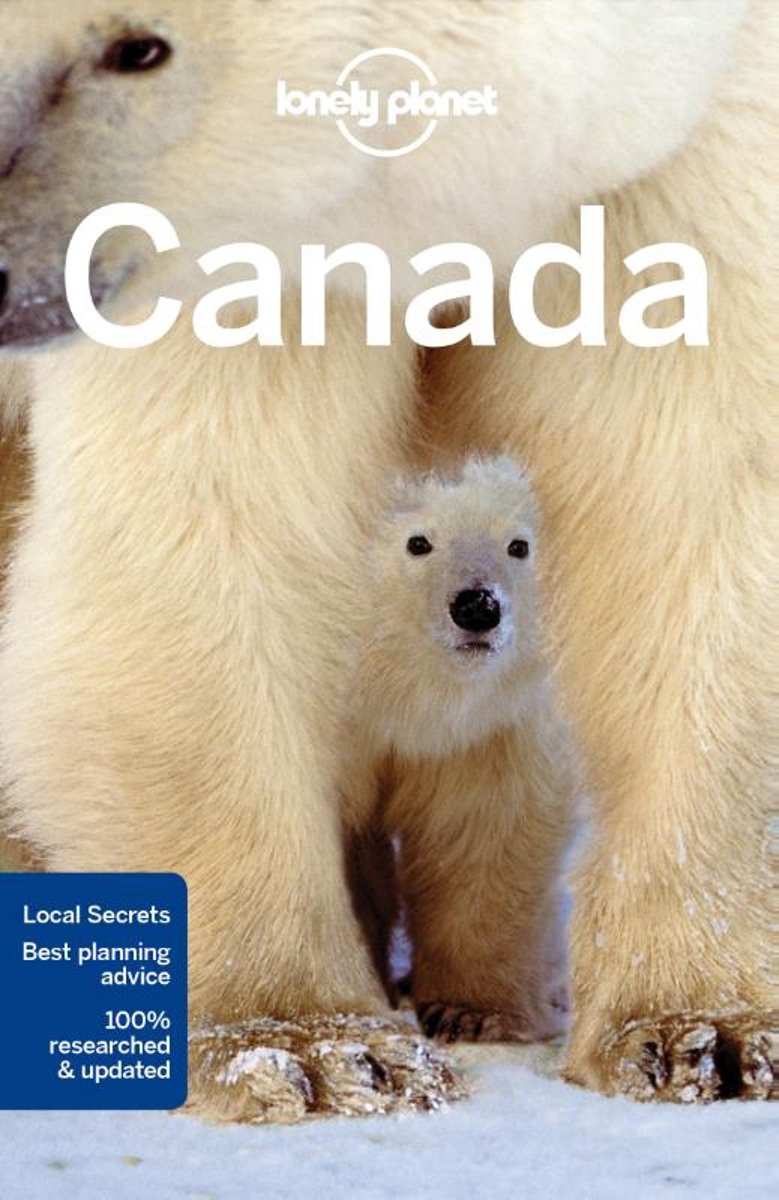
Netherlands
2017
- Lonely Planet Canada
- Lonely Planet: The world's leading travel guide publisher Lonely Planet Canada is your passport to the most relevant, up-to-date advice on what to see and skip, and what hidden discoveries await you. Hike the Rockies, marvel at the Northern Lights, or indulge in cultural delights from Montreal's cafe culture to the island villages of Haida... Lire la suite
- Also available from:
- Bol.com, Belgium

Belgium
2017
- Lonely Planet Canada
- Lonely Planet: The world's leading travel guide publisher Lonely Planet Canada is your passport to the most relevant, up-to-date advice on what to see and skip, and what hidden discoveries await you. Hike the Rockies, marvel at the Northern Lights, or indulge in cultural delights from Montreal's cafe culture to the island villages of Haida... Lire la suite

Netherlands
- Lonely Planet Canada
- Mosey past moose on the Cabot Trail through to the vast Cape Breton Highlands National ParkQuench your thirst for high-mountain adventure amidst the jaw-dropping scenery of the wild RockiesGo easy on the maple syrup while sampling the nouvelle cuisine of Montreal and Canada's other foodie havensSpot caribou and arctic wolves while hiking... Lire la suite
- Also available from:
- Bol.com, Belgium

Belgium
- Lonely Planet Canada
- Mosey past moose on the Cabot Trail through to the vast Cape Breton Highlands National ParkQuench your thirst for high-mountain adventure amidst the jaw-dropping scenery of the wild RockiesGo easy on the maple syrup while sampling the nouvelle cuisine of Montreal and Canada's other foodie havensSpot caribou and arctic wolves while hiking... Lire la suite
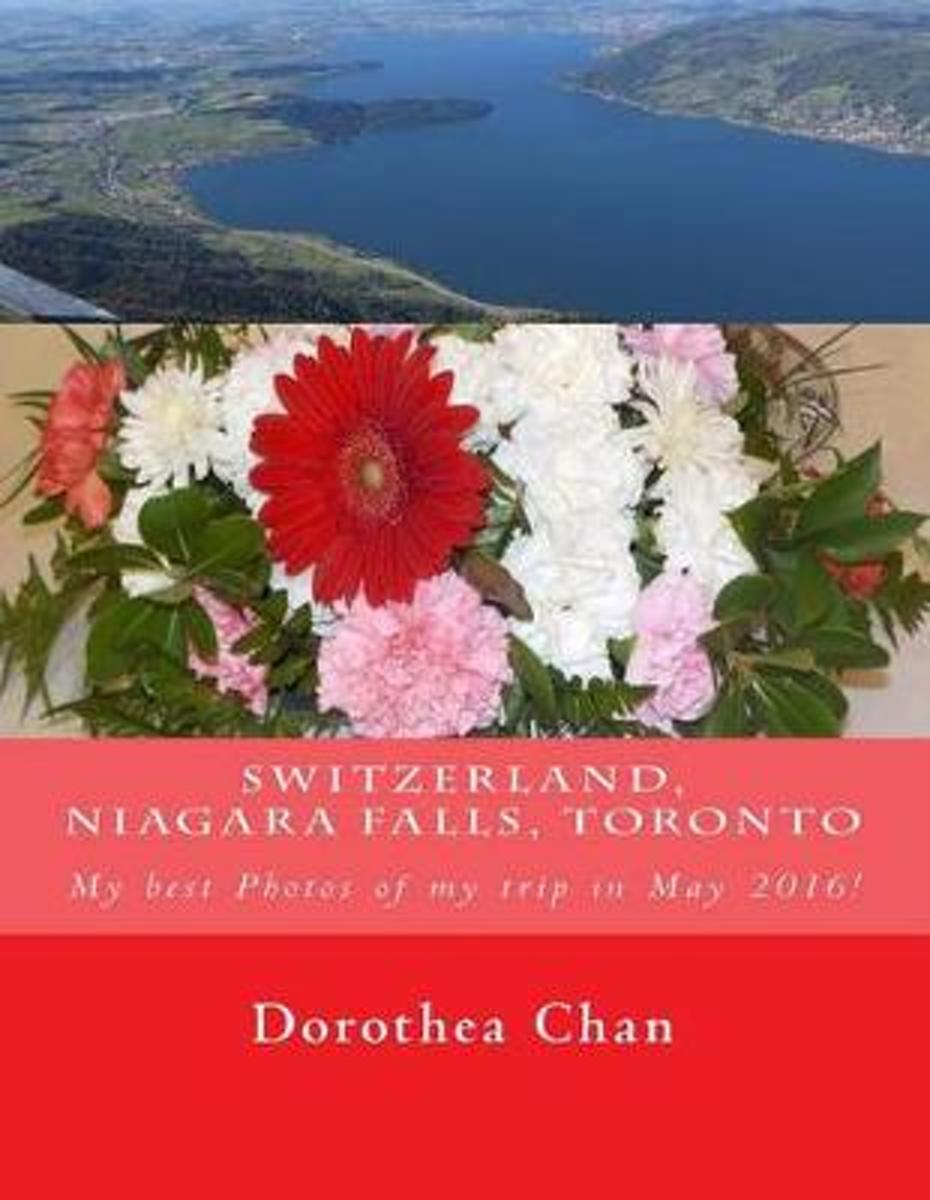
Netherlands
- Switzerland, Niagara Falls, Toronto
- On the 1st of May 2016 I took off on my trip to Switzerland. Nature is beautiful and green in May and it is possible to enjoy the flowers. Every time I went on excursions I got lucky with the weather! First I took the train with my daughter and her friends to Lucerne. From there we took the boat to Viznau and then took the funicular train up to... Lire la suite
- Also available from:
- Bol.com, Belgium

Belgium
- Switzerland, Niagara Falls, Toronto
- On the 1st of May 2016 I took off on my trip to Switzerland. Nature is beautiful and green in May and it is possible to enjoy the flowers. Every time I went on excursions I got lucky with the weather! First I took the train with my daughter and her friends to Lucerne. From there we took the boat to Viznau and then took the funicular train up to... Lire la suite
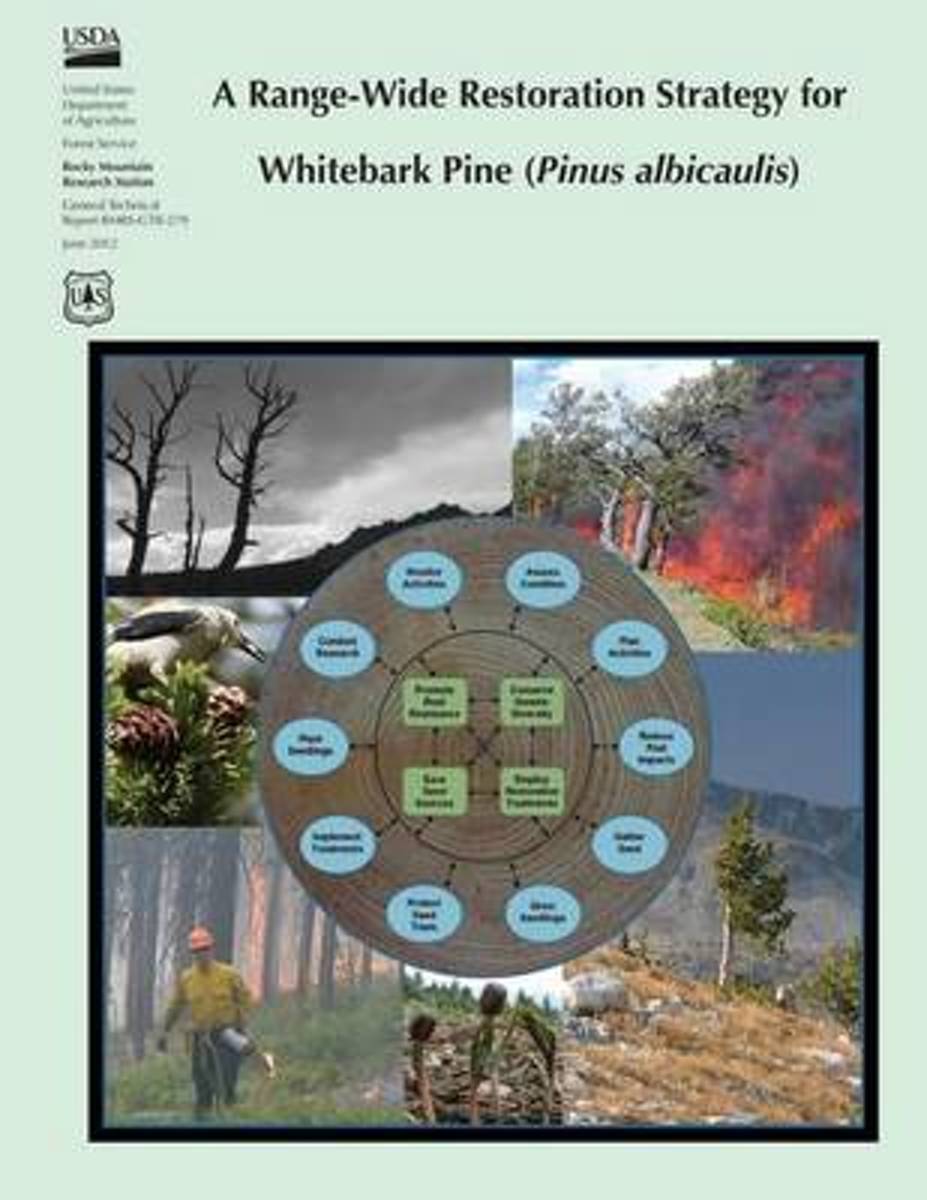
Netherlands
- A Range-Wide Restoration Strategy for Whitebark Pine (Pinus Albicaulis)
- Whitebark pine (Pinus albicaulis), an important component of western highelevation forests, has been declining in both the United States and Canada since the early Twentieth Century from the combined effects of mountain pine beetle (Dendroctonus ponderosae) outbreaks, fire exclusion policies, and the spread of the exotic disease white pine... Lire la suite
- Also available from:
- Bol.com, Belgium

Belgium
- A Range-Wide Restoration Strategy for Whitebark Pine (Pinus Albicaulis)
- Whitebark pine (Pinus albicaulis), an important component of western highelevation forests, has been declining in both the United States and Canada since the early Twentieth Century from the combined effects of mountain pine beetle (Dendroctonus ponderosae) outbreaks, fire exclusion policies, and the spread of the exotic disease white pine... Lire la suite

Netherlands
- Scorpion Intrusion
- A high-tech machine is stolen from a research laboratory in Oslo, Norway. A Stanford University sophomore from a normal middle-class family blows up himself and a hundred fellow students during a pre-med chemistry lecture. The countrys top aeronautical engineer and his family are kidnapped from their luxury yacht while cruising to Bimini... Lire la suite
- Also available from:
- Bol.com, Belgium

Belgium
- Scorpion Intrusion
- A high-tech machine is stolen from a research laboratory in Oslo, Norway. A Stanford University sophomore from a normal middle-class family blows up himself and a hundred fellow students during a pre-med chemistry lecture. The countrys top aeronautical engineer and his family are kidnapped from their luxury yacht while cruising to Bimini... Lire la suite
Netherlands
- Camp and Trail Methods
- From early boyhood Elmer H. Kreps took a great interest in hunting and trapping. As he grew older he visited various parts of the United States and Canada, and being a keen observer, picked up a vast amount of information about life in the woods and fields. Kreps wrote dozens of articles on various subjects connected with hunting and trapping... Lire la suite
- Also available from:
- Bol.com, Belgium
Belgium
- Camp and Trail Methods
- From early boyhood Elmer H. Kreps took a great interest in hunting and trapping. As he grew older he visited various parts of the United States and Canada, and being a keen observer, picked up a vast amount of information about life in the woods and fields. Kreps wrote dozens of articles on various subjects connected with hunting and trapping... Lire la suite
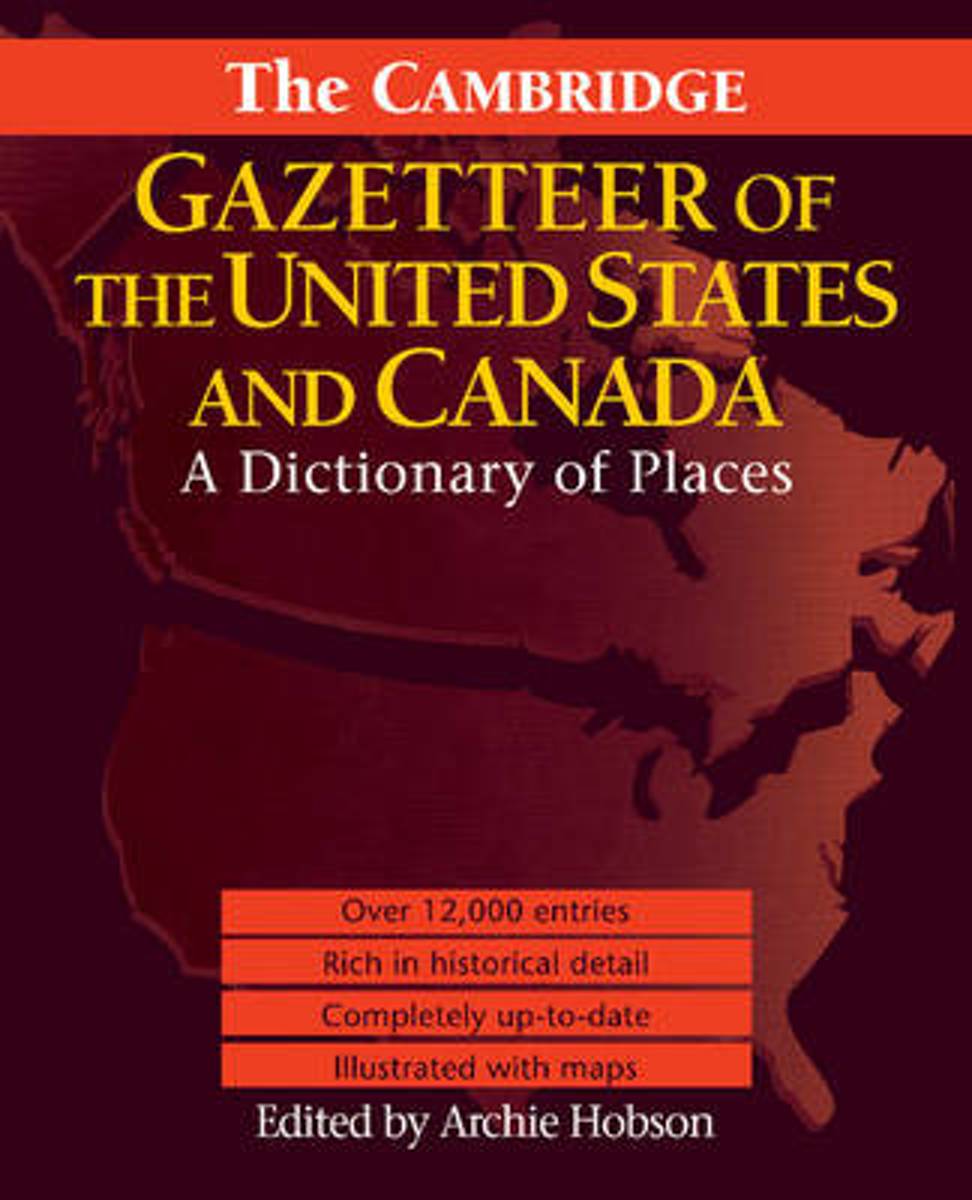
Netherlands
- The Cambridge Gazetteer of the USA and Canada
- Originally published in 1995, The Cambridge Gazetteer of the United States and Canada contains more than 12,000 entries of places of all kinds. It is a detailed, alphabetically arranged enyclopedic dictionary of places. It includes coverage of all cities and towns having populations of over 25,000. But the Cambridge Gazetteer is far more than a... Lire la suite
- Also available from:
- Bol.com, Belgium

Belgium
- The Cambridge Gazetteer of the USA and Canada
- Originally published in 1995, The Cambridge Gazetteer of the United States and Canada contains more than 12,000 entries of places of all kinds. It is a detailed, alphabetically arranged enyclopedic dictionary of places. It includes coverage of all cities and towns having populations of over 25,000. But the Cambridge Gazetteer is far more than a... Lire la suite
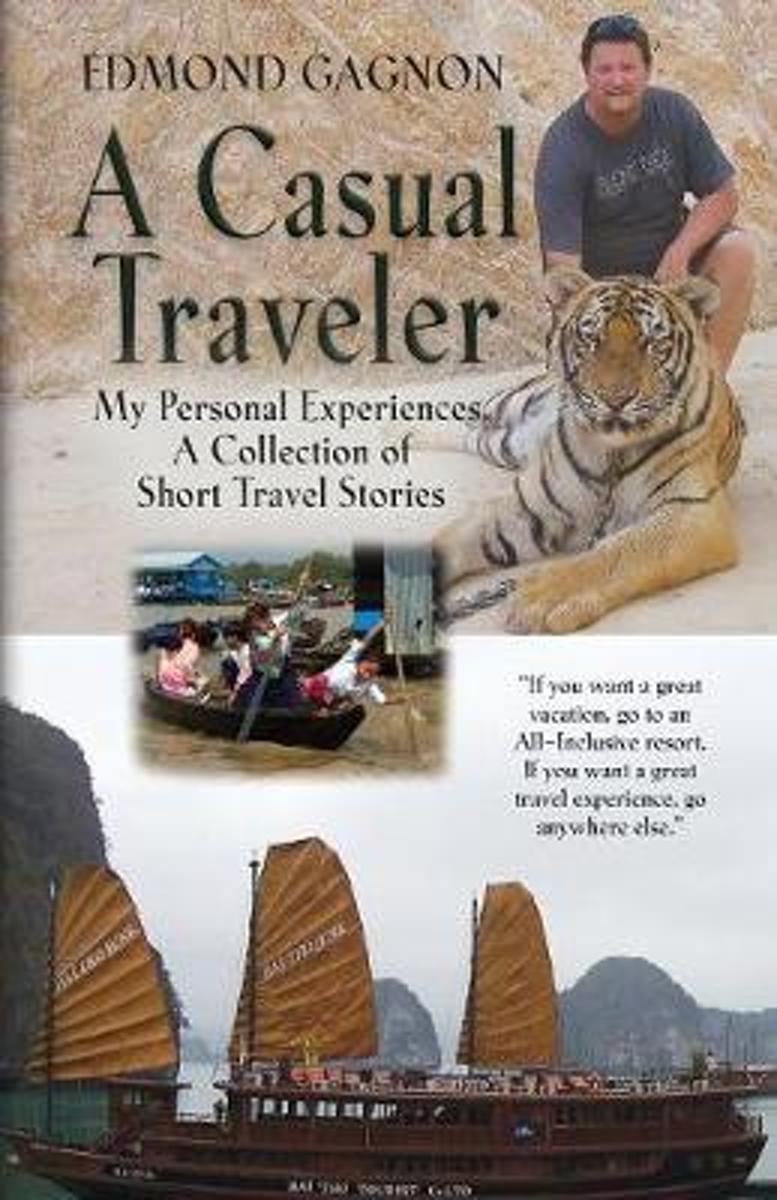
Netherlands
- A Casual Traveler
- A Casual Traveler is a collection of short travel tales and poems from the author's personal travels over a three year period. The stories take you to countries in Southeast Asia, North, Central, and South America. Motorcycle trips take you across Canada and the United States. The stories are true adventures, and misadventures, the author... Lire la suite
- Also available from:
- Bol.com, Belgium

Belgium
- A Casual Traveler
- A Casual Traveler is a collection of short travel tales and poems from the author's personal travels over a three year period. The stories take you to countries in Southeast Asia, North, Central, and South America. Motorcycle trips take you across Canada and the United States. The stories are true adventures, and misadventures, the author... Lire la suite
Cartes

United Kingdom
- Garibaldi Provincial Park ITMB
- Garibaldi Provincial Park at 1:50,000 in a series of topographic survey maps of selected areas of British Columbia and the Canadian Rockies from ITMB with cartography from Canada’s national survey organization. Most sheets are printed on light, waterproof and tear- resistant plastic paper.Whilst the Canadian Department of Natural Resources... Lire la suite

United Kingdom
- Canada del Gallego CNIG Topo 976-3
- Topographic coverage of mainland Spain at 1:25,000 published by the Centro Nacional de Información Geograficá, the country’s civilian survey organization. The maps have contours at 10m intervals and colouring and/or graphics to show different types of vegetation or land use. Boundaries of national parks and other protected areas are marked. In... Lire la suite
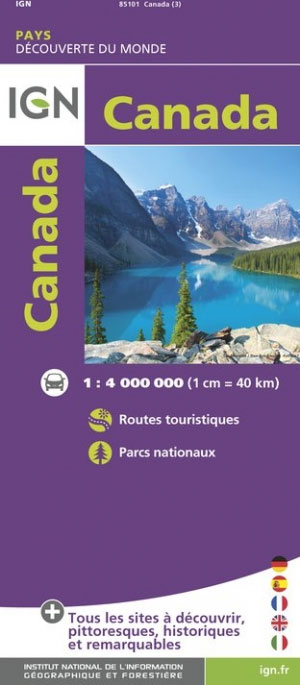
United Kingdom
- Canada IGN Map 85101
- Colourful IGN map of Canada at 1:4,000,000 scale with topography shown by countours, elevation colouring, and spot heights. Road network includes seasonal roads and tracks, indicating petrol stations and intermediate distances on major roads. The map also shows places of interest, forest reserves, post offices, medical facilities, selected... Lire la suite

United Kingdom
- World & Flags Hema Political Pacific-Centred
- The world at 1:40,850,000 presented with Pacific Ocean in the centre on a double-sided folded map from the Australian publishers Hema; political version on one side and a physical map on the reverse. Each side shows the land masses against the background of light blue oceans with bathymetric tints to reflect the depth of the ocean floor. Polar... Lire la suite

United Kingdom
- Cañada de Jara CNIG Topographic Map 1077-II
- Topographic coverage of mainland Spain at 1:25,000 published by the Centro Nacional de Información Geograficá, the country’s civilian survey organization. The maps have contours at 10m intervals and colouring and/or graphics to show different types of vegetation or land use. Boundaries of national parks and other protected areas are marked. In... Lire la suite

United Kingdom
- Waterton Lakes National Park Gem Trek Map
- Waterton Lakes National Park in British Columbia with the northern part of the Glacier National Park across the US border in Montana at 1:50,000 on a light, waterproof and tear-resistant map from Gem Trek with descriptions of recommended treks and bike trails, etc.Contours are at 25m intervals, enhanced by relief shading and colouring for... Lire la suite

United Kingdom
- Lower Mainland - Richmond & New Westminster ITMB
- Lower Mainland - Richmond and New Westminster at 1:250,000 and 1:50,000 in a series of topographic survey maps of selected areas of British Columbia and the Canadian Rockies from ITMB with cartography from Canada’s national survey organization. Most sheets are printed on light, waterproof and tear- resistant plastic paper.Whilst the Canadian... Lire la suite
- Also available from:
- De Zwerver, Netherlands

Netherlands
- Wegenkaart - landkaart 92G Lower Mainland British Columbia - Richmond and New Westminster | ITMB
- Lower Mainland - Richmond and New Westminster at 1:250,000 and 1:50,000 in a series of topographic survey maps of selected areas of British Columbia and the Canadian Rockies from ITMB with cartography from Canada Lire la suite

United Kingdom
- Glacier - Waterton Lakes National Park MT
- Map No. 215, Glacier/Waterton Lakes National Park, MT, in an extensive series of GPS compatible, contoured hiking maps of USA’s national and state parks or forests and other popular recreational areas. Cartography based on the national topographic survey, with additional tourist information.The maps, with most titles now printed on light,... Lire la suite
- Also available from:
- Bol.com, Netherlands
- Bol.com, Belgium
- De Zwerver, Netherlands
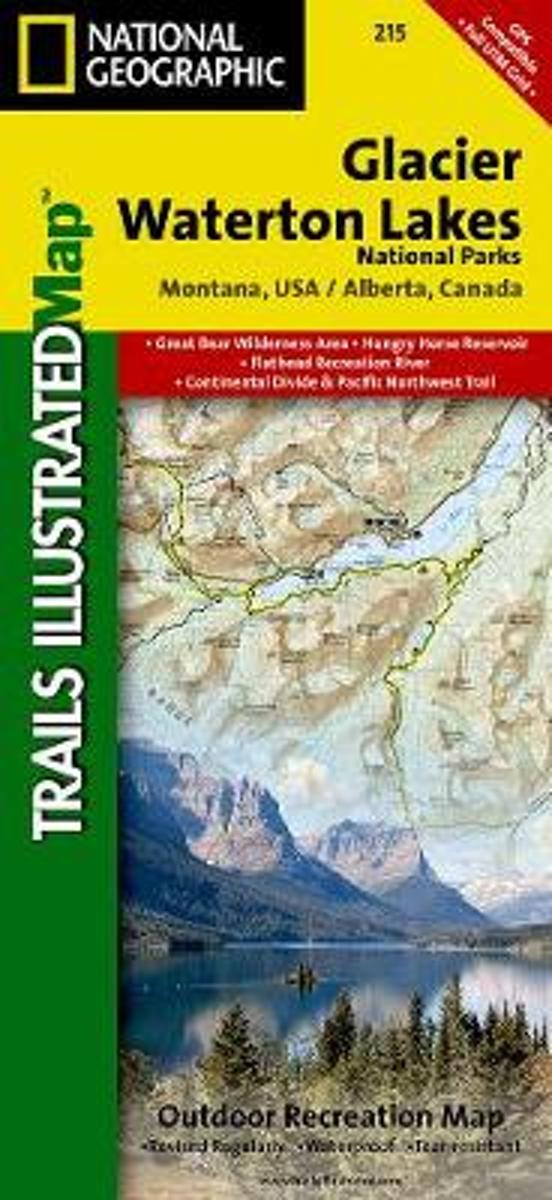
Netherlands
- Glacier/waterton Lakes National Parks
- Waterproof Tear-Resistant Topographic MapNational Geographic's Trails Illustrated map of Glacier and Waterton Lakes National Parks offers unparalleled detail for outdoor enthusiasts exploring the pristine landscape of forests, mountains, lakes, and meadows within these two spectacular parks. Created in partnership with local land... Lire la suite

Belgium
- Glacier/waterton Lakes National Parks
- Waterproof Tear-Resistant Topographic MapNational Geographic's Trails Illustrated map of Glacier and Waterton Lakes National Parks offers unparalleled detail for outdoor enthusiasts exploring the pristine landscape of forests, mountains, lakes, and meadows within these two spectacular parks. Created in partnership with local land... Lire la suite

Netherlands
- Wandelkaart - Topografische kaart 215 Glacier - Waterton Lakes National Park | National Geographic
- Prachtige geplastificeerde kaart van het bekende nationaal park. Met alle recreatieve voorzieningen als campsites, maar ook met topografische details en wandelroutes ed. Door uitgekiend kleurgebruik zeer prettig in gebruik. Scheur en watervast! Waterton Lakes National Park, Canada includes Waterton Park, Upper and Middle Waterton Lakes, The... Lire la suite

Netherlands
- Wegenkaart - landkaart Western Canada | ITMB
- Canada Western Travel Reference Map 1 : 2 000 000 / 1 : 1 400 000 ab 10.49 EURO Whitehorse, Yellowknife. Waterproof International Travel Map ITM. 1st Edition Lire la suite

Netherlands
2008
- Wegenkaart - landkaart Canada | Hallwag
- Kanada Strassenkarte ab 11.95 EURO Karte mit Distoguide, Reiseinformationen mit Piktogrammen, Sehenswürdigkeiten, Nationalparks und Monumenten, States BeeTagg und Index. 1:4 Mio. Road Map Hallwag Straßenkarte. 4. Auflage, Laufzeit bis 2017 Lire la suite
